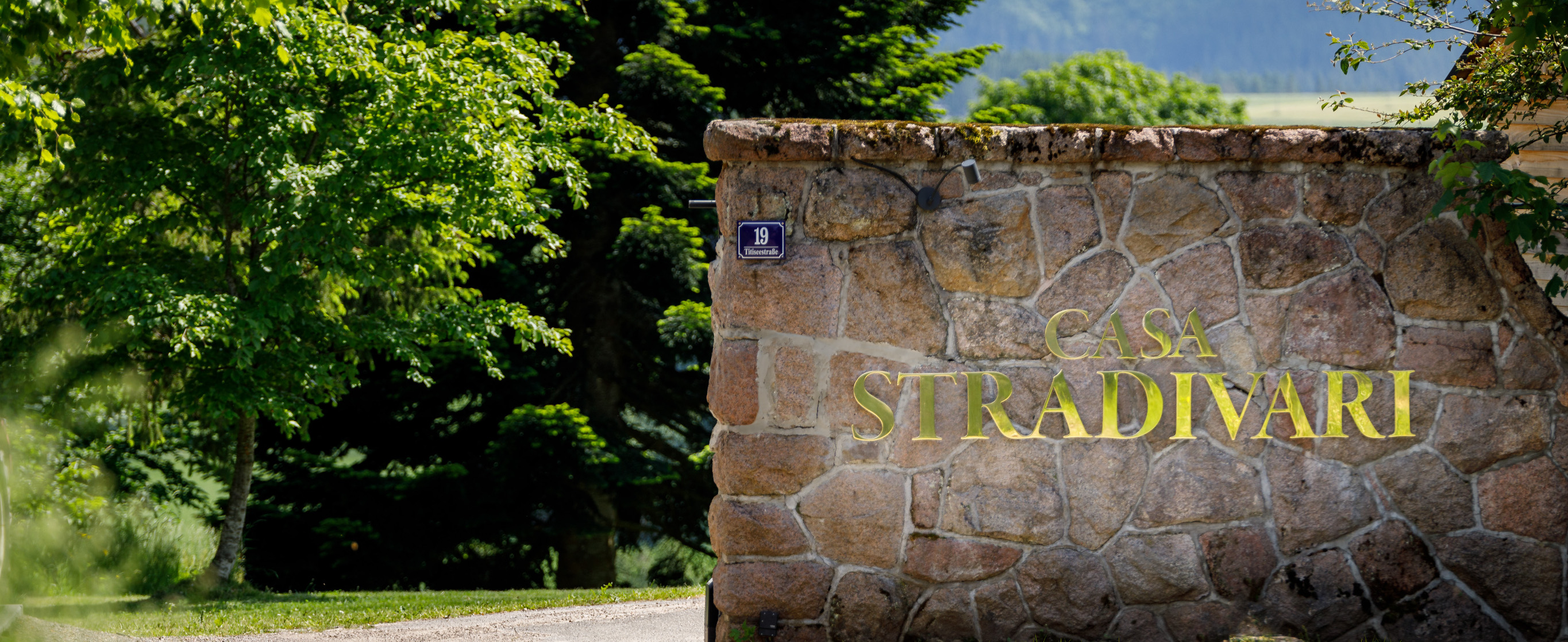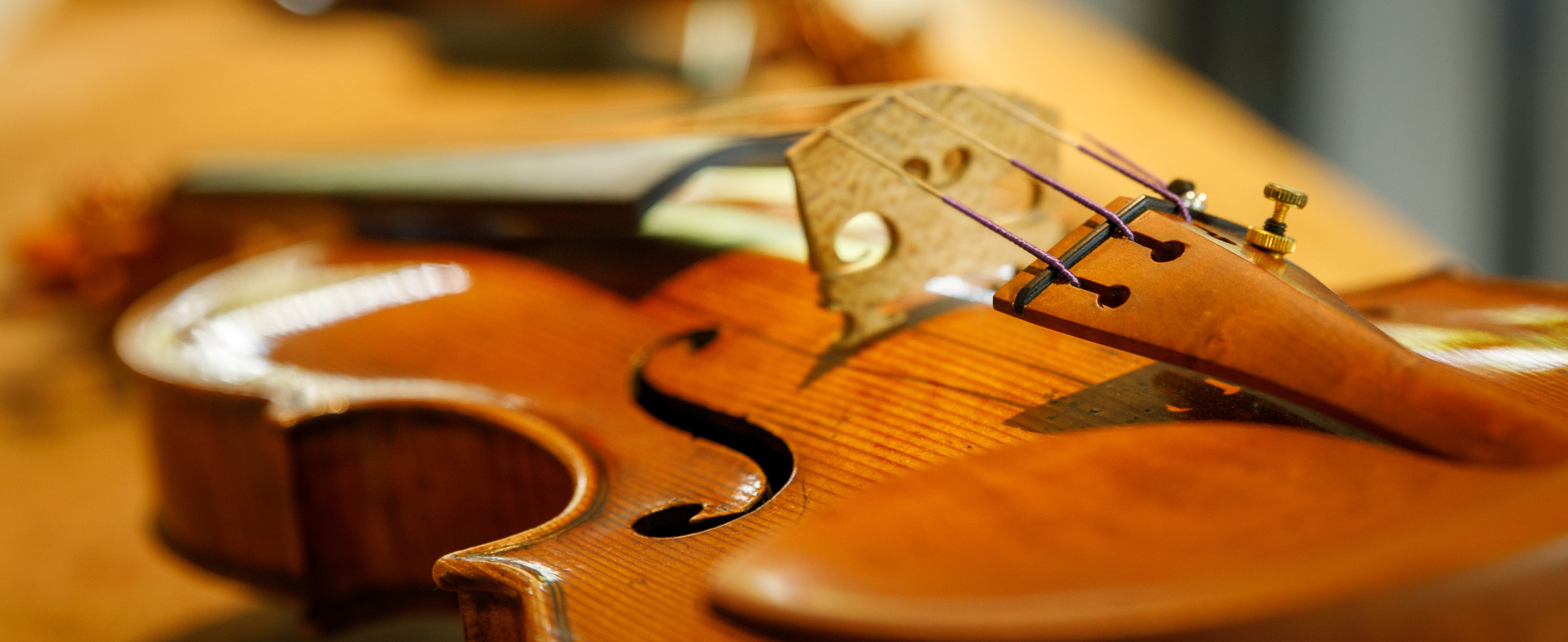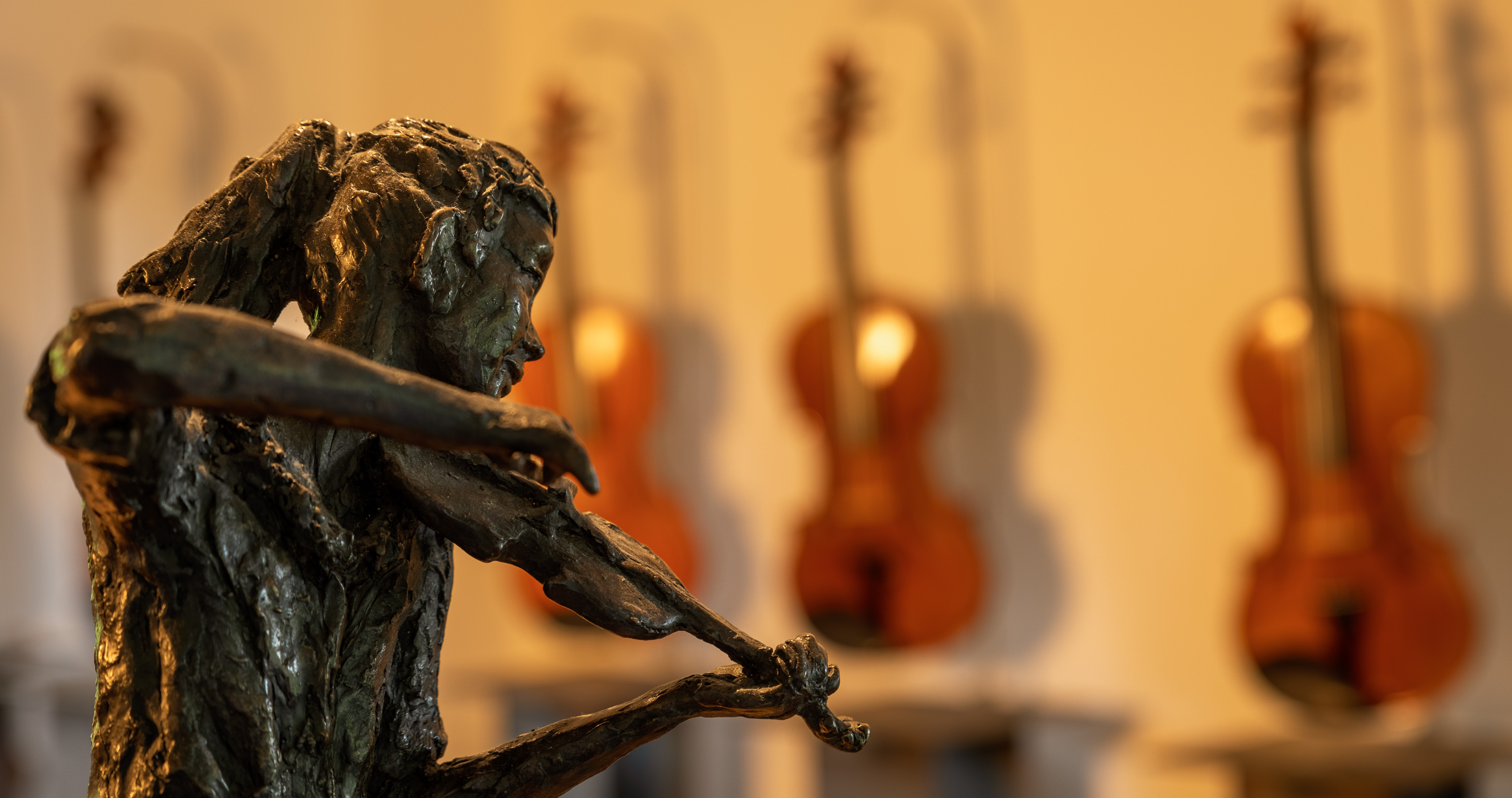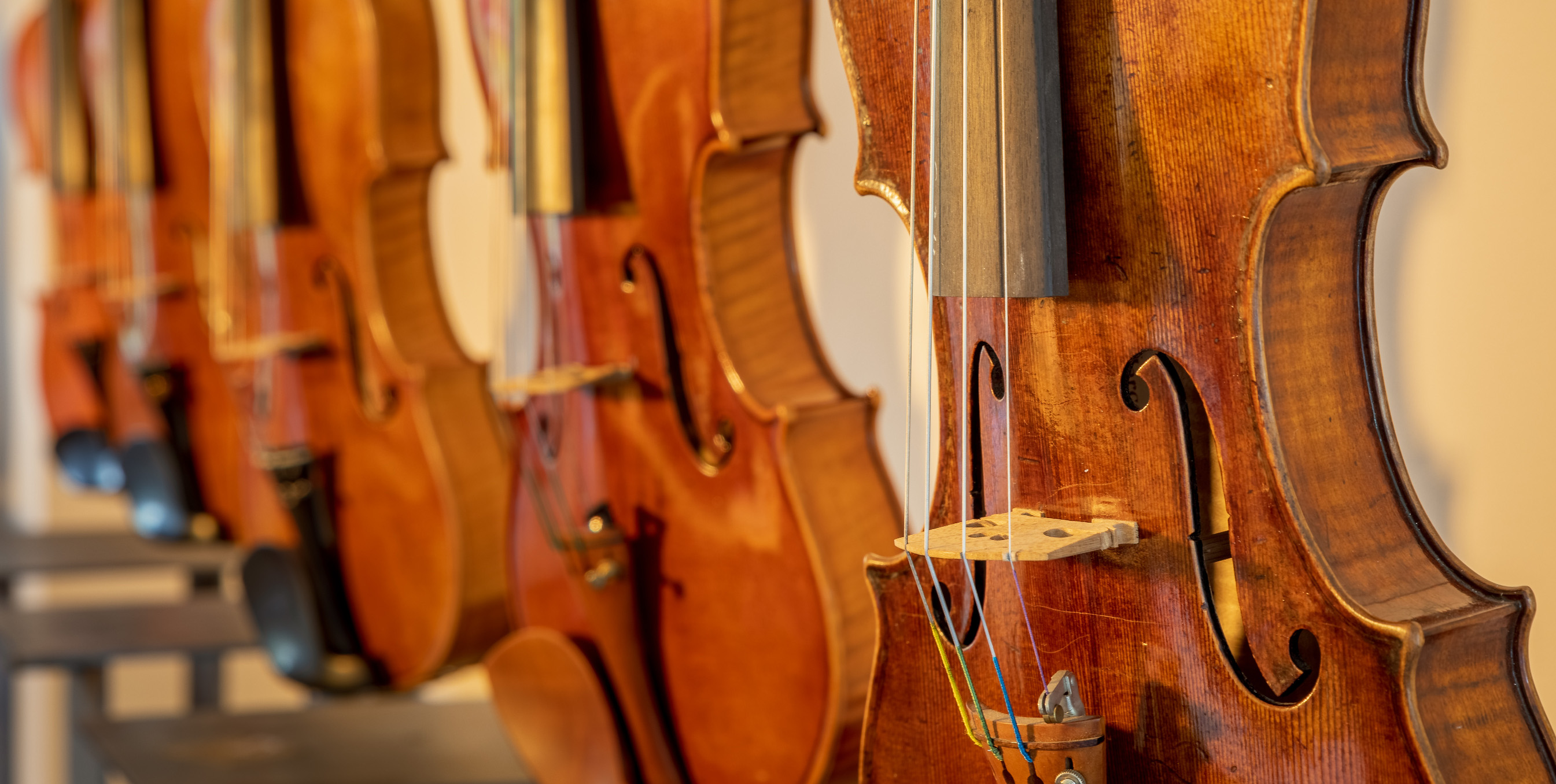Antonio Stradivari 1701 VL Dushkin, Albert Sandler
The two decades following the start of the 18th century are generally considered to be Stradivari’s ‘Golden Period’. During this time, several of the master’s ideas culminated in the finest products ever made in the history of violin-making. Herbert K. Goodkind described the period as follows: ‘From 1700 to 1722 we find the genuinely distinctive Stradivari at his best. These years have become known as his ‘Golden Period’, with many of his most beautiful and cherished creations produced at this stage of his long life.’ A similar statement came from Ernest N. Doring: ‘…the productions of the period […] include the greatest number of famed specimens; some examples have come to be regarded, for one reason or another, as among the master’s crowning achievements.’ At the turn of the century, Stradivari was a man of sixty and, unlike many other artisans whose skills diminished with advancing age, the quality of Stradivari’s output was actually on the rise. The Hill Brothers have pointed out how masterful Stradivari was considered at the time: ‘Thus, 1700 saw Stradivari occupying the position so long held by Nicolò Amati and his ancestors; he was, in fact, without a serious rival.’ All the same, the perfection he attained with some instruments of the ‘Golden Period’ didn’t simply materialise out of thin air. Once again, the Hills offered the best explanation: ‘…the dawn of the century does not herald any eventful and brilliant transition or any sudden quickening in Stradivari’s progress, but rather shows him silently plodding on with unflagging energy, producing yearly, nay monthly, fresh modifications in his works, which, though not always successful, attest on the whole the natural and fairly consistent development of the forms and models of past years.’
Weitere Informationen
Ausführliche Informationen zu diesem Instrument finden Sie in unserer Enzyklopädie Antonio Stradivari Set 1, Band 2, Seite 124










